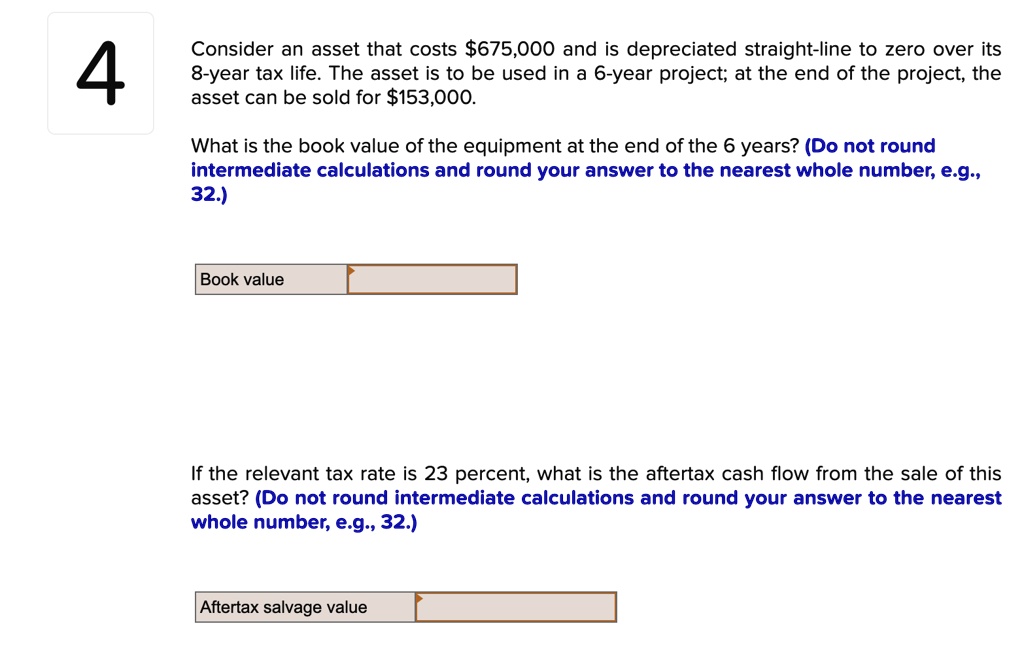The sum of the years’ digits depreciates the most in the first year, and the depreciation is reduced with each passing year. To find the annual depreciation expense, divide the truck’s depreciable base by its useful life to get $5,400 per year. You find that you can sell the truck for $3,000 after five years because you subtracted the cost of the truck from its depreciable base. The depreciation on the non-manufacturing assets (these are assets used in the company’s selling, general and administrative activities) will be reported directly as depreciation expense on the manufacturer’s income statements.
How Do You Calculate Depreciable Property?
While the entire cash outlay might be paid initially—at the time an asset is purchased—the expense is recorded incrementally (to reflect that an asset provides a benefit to a company over an extended period of time). And, the depreciation charges still reduce a company’s earnings, which is helpful for tax purposes. What is partnership accounting The kinds of property that you can depreciate include machinery, equipment, buildings, vehicles, and furniture. You can’t claim depreciation on property held for personal purposes.
How Can You Elect Not To Claim an Allowance?
You deduct a part of the cost every year until you fully recover its cost. It is determined by estimating the number of units that can be produced before the property is worn out. If you file Form 2106, and you are not required to file Form 4562, report information about listed property on that form and not on Form 4562.
Sum of the years’ digits depreciation
- As a result, the loss recognized in 2023 for each machine is $760 ($5,760 − $5,000).
- See Special rules for qualified section 179 real property under Carryover of disallowed deduction, later.
- One must note that Section 1231 gains do not apply to depreciable or real assets held for less than a year.
- Finance Strategists is a leading financial education organization that connects people with financial professionals, priding itself on providing accurate and reliable financial information to millions of readers each year.
- Seven months of the first recovery year and 5 months of the second recovery year fall within the next tax year.
The maximum deduction amounts for trucks and vans are shown in the following table. If Ellen’s use of the truck does not change to 50% for business and 50% for personal purposes until 2025, there will be no excess depreciation. The total depreciation allowable using Table A-8 through 2025 will be $18,000, which equals the total of the section 179 deduction and depreciation Ellen will have claimed. This chapter discusses the deduction limits and other special rules that apply to certain listed property. Listed property includes cars and other property used for transportation, property used for entertainment, and certain computers. For Sankofa’s 2023 return, the depreciation allowance for the GAA is figured as follows.
- The sales proceeds allocated to each of the three machines at the New Jersey plant is $5,000.
- You apply the half-year convention by dividing the result ($200) by 2.
- In the following accounting years, the 20% is multiplied times the asset’s book value at the beginning of the accounting year.
- Your business’s depreciation expense reduces the earnings on which your taxes are based, reducing the taxes your business owes the IRS.
- This is because you and your spouse must figure the limit as if you were one taxpayer.
- For this purpose, however, treat as related persons only the relationships listed in items (1) through (10) of that discussion and substitute “50%” for “10%” each place it appears.
- To illustrate the cost of an asset, assume that a company paid $10,000 to purchase used equipment located 200 miles away.
- As business accounts are usually prepared on an annual basis, it is common to calculate depreciation only once at the end of each financial year.
- A record in the general ledger that is used to collect and store similar information.
- The corporation first multiplies the basis ($1,000) by 40% to get the depreciation for a full tax year of $400.
- For information on when you are considered regularly engaged in the business of leasing listed property, including passenger automobiles, see Exception for leased property, earlier, under What Is the Business-Use Requirement.
You multiply the adjusted basis of the property ($1,000) by the 40% DB rate. You apply the half-year convention by dividing the result ($400) by 2. Depreciation for the first year under the 200% DB method is $200. Figure your depreciation deduction for the year you https://www.pinterest.com/jackiebkorea/personal-finance/ place the property in service by dividing the depreciation for a full year by 2.
The modified accelerated cost recovery system (MACRS)
The allocation of the cost of a plant asset to expense in an accelerated manner. This means that the amount of depreciation in the earlier years of an asset’s life is greater than the straight-line amount, but will be less in the later years. In total the amount of depreciation over the life of the asset will be the same as straight-line depreciation. The difference between accelerated and straight-line is the timing of the depreciation.
Maximum Depreciation Deduction
As of December 31, 2022, the depreciation allowed or allowable for the three machines at the New Jersey plant is $23,400. The depreciation allowance for the GAA in 2023 is $25,920 ($135,000 − $70,200) × 40% (0.40). On its 2025 tax return, Make & Sell recognizes $1,000 as ordinary income. This is the GAA’s unadjusted depreciable basis ($10,000) plus the expensed costs ($0), minus the amount previously recognized as ordinary income ($9,000). The remaining amount realized of $100 ($1,100 − $1,000) is section 1231 gain (discussed in chapter 3 of Pub. 544). You cannot include property in a GAA if you use it in both a personal activity and a trade or business (or for the production of income) in the year in which you first place it in service.
The part of the cost that is charged to operation during an accounting period is known as depreciation. This form summarizes your depreciation expense and is included with your business return. The time period over which an asset is depreciated depends on its classification. For example, a purchase classified as a vehicle might be depreciated over five years, while a purchase classified as furniture might instead be depreciated over seven years.

